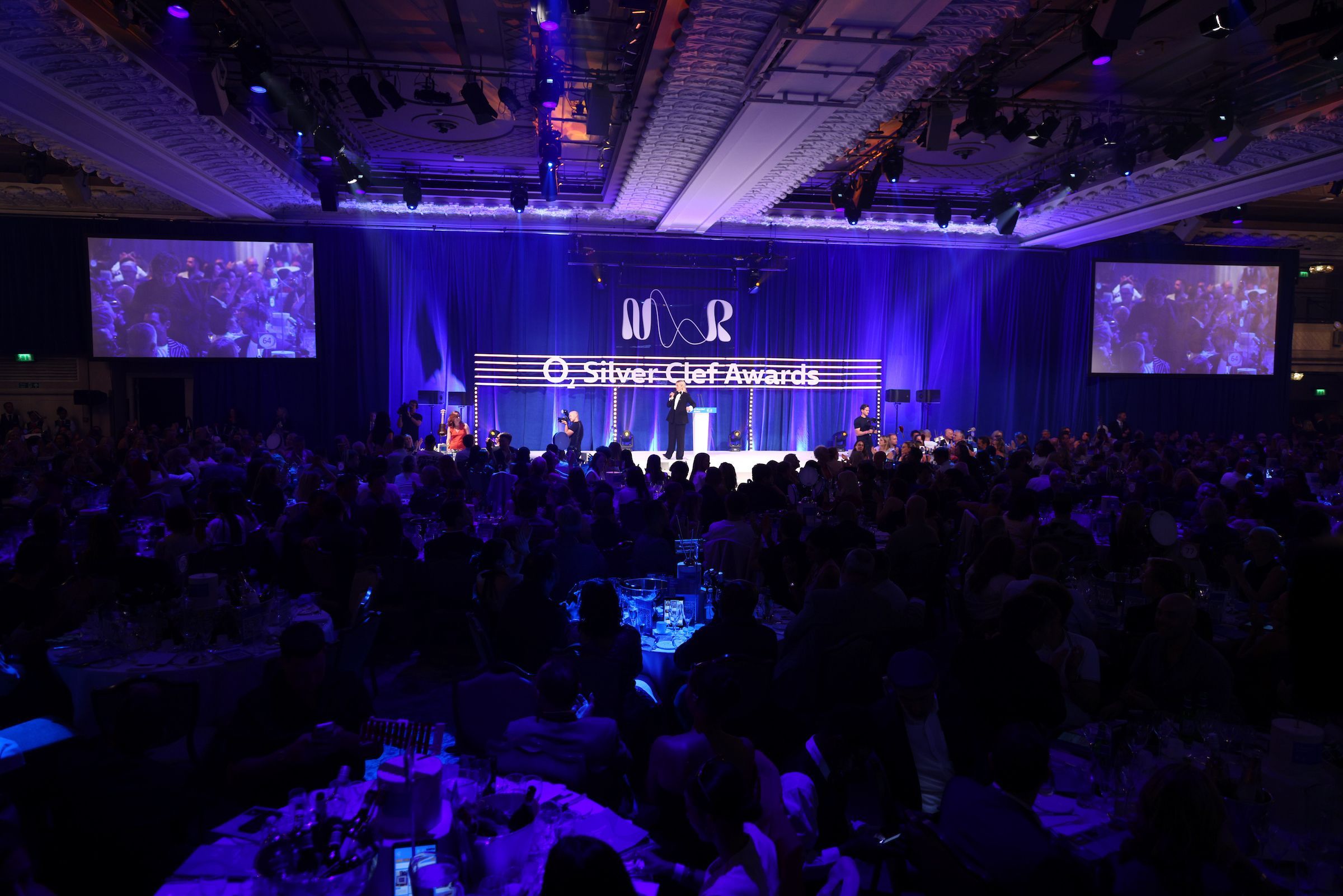Lab-grown diamonds and natural diamonds have been at the center of a growing debate in the jewelry industry. While both look identical to the naked eye, their value, market worth, and long-term desirability are vastly different. Consumers today have more choices than ever, and many wonder whether lab-grown diamonds are as valuable as their natural counterparts. Understanding the difference between lab grown diamonds and natural diamonds is crucial for anyone looking to make an informed decision when purchasing a diamond, whether for an engagement ring, an investment, or a family heirloom.
Natural diamonds are formed deep within the Earth under extreme heat and pressure over millions to billions of years. This natural process makes them incredibly rare and contributes to their value. The mining, sourcing, and certification of natural diamonds play a significant role in their pricing and desirability. Because they take so long to form and require extensive efforts to extract, their supply is inherently limited. This scarcity helps maintain their market value and contributes to their status as a long-term investment.
Lab-grown diamonds, on the other hand, are created using advanced technological processes that replicate the natural diamond-growing environment. Methods such as High Pressure High Temperature (HPHT) and Chemical Vapor Deposition (CVD) produce diamonds that are chemically, physically, and optically identical to natural diamonds. Because these diamonds can be produced in a matter of weeks rather than forming over millions of years, they are significantly more affordable. However, the ability to create diamonds in controlled laboratory conditions means there is no inherent limit to their supply. This unlimited production potential directly impacts their market value, as continued advancements in technology can drive prices down even further.
One of the biggest concerns for buyers is whether lab-grown diamonds hold their value over time. Natural diamonds have historically been viewed as a solid investment because they tend to retain or even appreciate in value. Their rarity, coupled with the consistent global demand, allows them to maintain a strong resale market. Many natural diamonds, particularly those with exceptional quality, unique characteristics, or significant historical importance, can fetch higher prices over time. The resale market for natural diamonds is well-established, with auction houses and secondhand buyers always interested in high-quality stones.
Lab-grown diamonds, however, do not have the same investment appeal. Because they can be produced on demand and in increasing quantities, their long-term resale value is far less stable. Some industry experts predict that as lab-grown diamonds become even more accessible, their prices will continue to drop. This means that buyers looking to resell a lab-grown diamond may find that it has lost a significant portion of its original value. Many jewelers do not offer buy-back programs for lab-grown diamonds, further limiting their investment potential. Unlike natural diamonds, which can carry a sense of rarity and uniqueness, lab-grown diamonds are easily replaceable, making them less desirable for collectors and investors.
Price is another major factor that influences consumer choice. Lab-grown diamonds typically cost 30 to 50 percent less than natural diamonds of the same size and quality. This price difference has made them an attractive option for budget-conscious buyers who want the beauty of a diamond without the high cost. However, this affordability comes with trade-offs. While lab-grown diamonds are a cost-effective choice for those looking for a large or high-quality stone within a limited budget, their lower price also reflects their weaker long-term financial worth. Natural diamonds, despite their higher initial cost, provide better value retention, making them a preferable choice for those who view diamond purchases as an investment.
Ethical considerations also play a role in the debate between lab-grown and natural diamonds. The natural diamond industry has long been associated with ethical concerns, particularly regarding conflict diamonds, environmental destruction, and unsafe mining conditions. Over the years, initiatives like the Kimberley Process have been implemented to prevent the sale of conflict diamonds, but concerns remain. Lab-grown diamonds offer an ethical alternative, as they do not require mining and have a significantly lower environmental impact. For socially conscious buyers, the ethical advantages of lab-grown diamonds can be a major selling point. However, even with these benefits, the lack of resale value and long-term market stability may deter buyers from choosing lab-grown diamonds over natural ones.
From a scientific perspective, both types of diamonds are nearly indistinguishable without specialized testing. Advanced gemological equipment can detect subtle differences in the growth patterns and trace elements within the stones, but to the average consumer, they appear identical. Both lab-grown and natural diamonds undergo grading and certification by reputable organizations such as the Gemological Institute of America (GIA) and the International Gemological Institute (IGI). These certifications ensure transparency regarding the stone’s origin, quality, and characteristics, helping buyers make informed decisions.
Brand perception also plays a role in how these diamonds are valued. Natural diamonds carry a timeless appeal, often associated with luxury, exclusivity, and tradition. Their deep-rooted history and symbolism make them a preferred choice for those seeking a meaningful and enduring investment. Lab-grown diamonds, while gaining popularity, are still relatively new in the market and do not carry the same prestige. Many luxury brands and high-end jewelers continue to focus on natural diamonds due to their perceived exclusivity and investment potential.
The emotional and sentimental value of diamonds also contributes to their worth. Many people purchase diamonds for special occasions, such as engagements, weddings, or anniversaries. Because of the traditional significance attached to natural diamonds, they often carry a stronger emotional connection. Some buyers feel that a natural diamond, with its ancient origins and rarity, holds a deeper symbolic meaning than a lab-grown counterpart. Others, however, see no difference between lab-grown and natural diamonds in terms of sentimentality, as both types offer the same physical beauty.
The future of lab-grown diamonds remains uncertain. While they continue to grow in popularity, their long-term value remains questionable due to the potential for mass production and declining prices. Some experts believe that as lab-grown diamonds become more widely accepted, their market will stabilize, though they are unlikely to reach the level of investment potential that natural diamonds hold.
Ultimately, the choice between lab-grown and natural diamonds depends on the buyer’s priorities. Those who prioritize affordability, ethical sourcing, and environmental sustainability may find lab-grown diamonds to be the better option. On the other hand, those who value rarity, investment potential, and long-term worth will likely prefer natural diamonds. The difference between lab grown diamonds and natural diamonds is more than just a matter of origin—it impacts their market perception, financial value, and future desirability. Buyers should carefully consider these factors before making a purchase to ensure they choose the diamond that best suits their needs and expectations.





